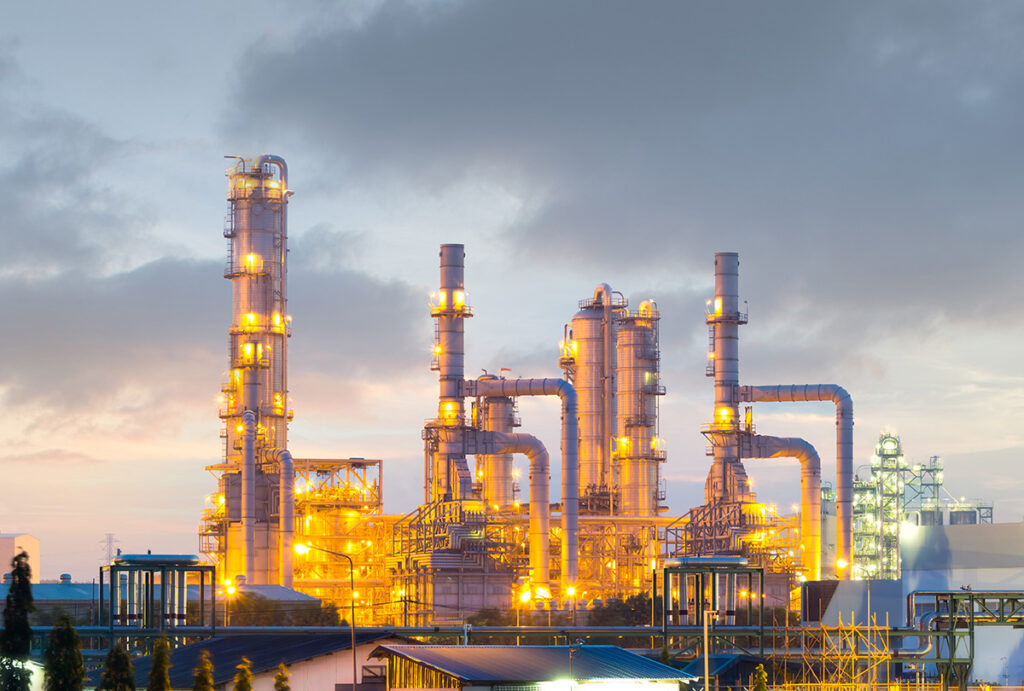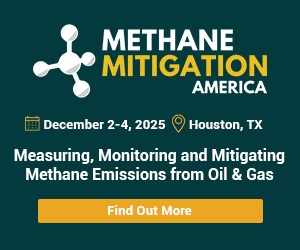By Nicole Jao

- Investors keep focus on impact from Trump’s sweeping tariffs
- Analysts expect top refiners to report lower Q1 profits
- Earnings under pressure due to heavy maintenance, unplanned outages in Q1
- Refining margins showed signs of improvement
- Trade wars dent refined product demand outloook
NEW YORK, April 23 (Reuters) – Investors are expecting top U.S. refiners to report quarterly losses, even as their margins improve, as they brace for the ripple effect from U.S. President Donald Trump’s sweeping tariffs, energy analysts said.
Fuelmakers have seen earnings tumble from record levels in 2022, when a recovery in demand following the COVID-19 pandemic and Russia’s invasion of Ukraine drove up refined products prices.
In the first quarter of 2025, margins increased from last year’s multi-year lows, but seasonal turnarounds and unplanned outages limited refiners’ ability to capture revenues.
Marathon Petroleum (MPC.N), the top U.S. refiner by volume, is expected to report a per-share loss of 53 cents, compared with $2.58 per share profit a year ago, LSEG estimated. The Findlay, Ohio-based refiner last reported negative EPS in Q1 2021.
Valero (VLO.N), the second-largest U.S. refiner by capacity, is set to kick off refiner earnings on Thursday, with analysts forecasting profit of 42 cents per share, down from $3.82 profit a year ago, according to data from LSEG.
Phillips 66 (PSX.N) is expected to report a loss of 72 cents per share, versus $1.90 per share profit a year ago, according to LSEG estimates.
UNDER PRESSURE
Earnings were under pressure during the quarter due to lower average capture rates, which dropped to 63% in the first quarter from 71% a year ago, Tudor, Pickering, Holt & Co analyst Matthew Blair said in a note.
Capture rates, which represent a refining company’s ability to profit from market conditions, fell partly due to heavy seasonal maintenance, unplanned outages and tighter crude differentials.
Independent refiner PBF Energy (PBF.N) took its 157,000 barrel-per-day (bpd) Martinez, California, refinery offline in February after a fire. The fire-damaged units will remain shut until the fourth quarter.
PBF is expected to report a loss of $2.91 per share, down sharply from 85-cents profit a year ago.
However, higher gasoline and diesel futures cracks in the first quarter helped offset some losses.
“Globally, there was a 3 million-barrel-a-day loss of availability from the refining sector across the first quarter compared to what we originally were expecting,” said Alan Gelder, vice president of refining, chemicals and oil markets at Wood Mackenzie.
Margins were also helped by the slower-than-expected ramp up of new plants such as Nigeria’s Dangote refinery and Mexico’s Dos Bocas, he added.
DEMAND IN FOCUS
Investors want clarity about how the ongoing trade war between the U.S. and China may impact demand for refined products including gasoline, diesel and jet fuel, said TD Cowen analyst Jason Gabelman.
Global oil and fuel demand is expected to grow by 900,000-bpd from last year, a drop from its previous expectation of 1.2 million bpd, the U.S. Energy Information Administration said in its latest Short-Term Outlook.
Shares of the top three U.S. refiners fell to their lowest since 2023 in April when U.S. President Donald Trump announced new reciprocal tariffs.
Margins have held up better in the refined product space than crude, said Ben Hoff, head of commodity strategy at Societe Generale. But the indirect impact of slower economic growth will eventually play out in refined products.
“The question is really not so much if, but when that starts rippling forward and creeping into margins,” Hoff said.
Reporting by Nicole Jao in New York; Editing by Liz Hampton and Nick Zieminski
Share This:




 CDN NEWS |
CDN NEWS |  US NEWS
US NEWS 
































COMMENTARY: Selected US States Offer Enormous Advantages for AI Data Centers – Yogi Schulz